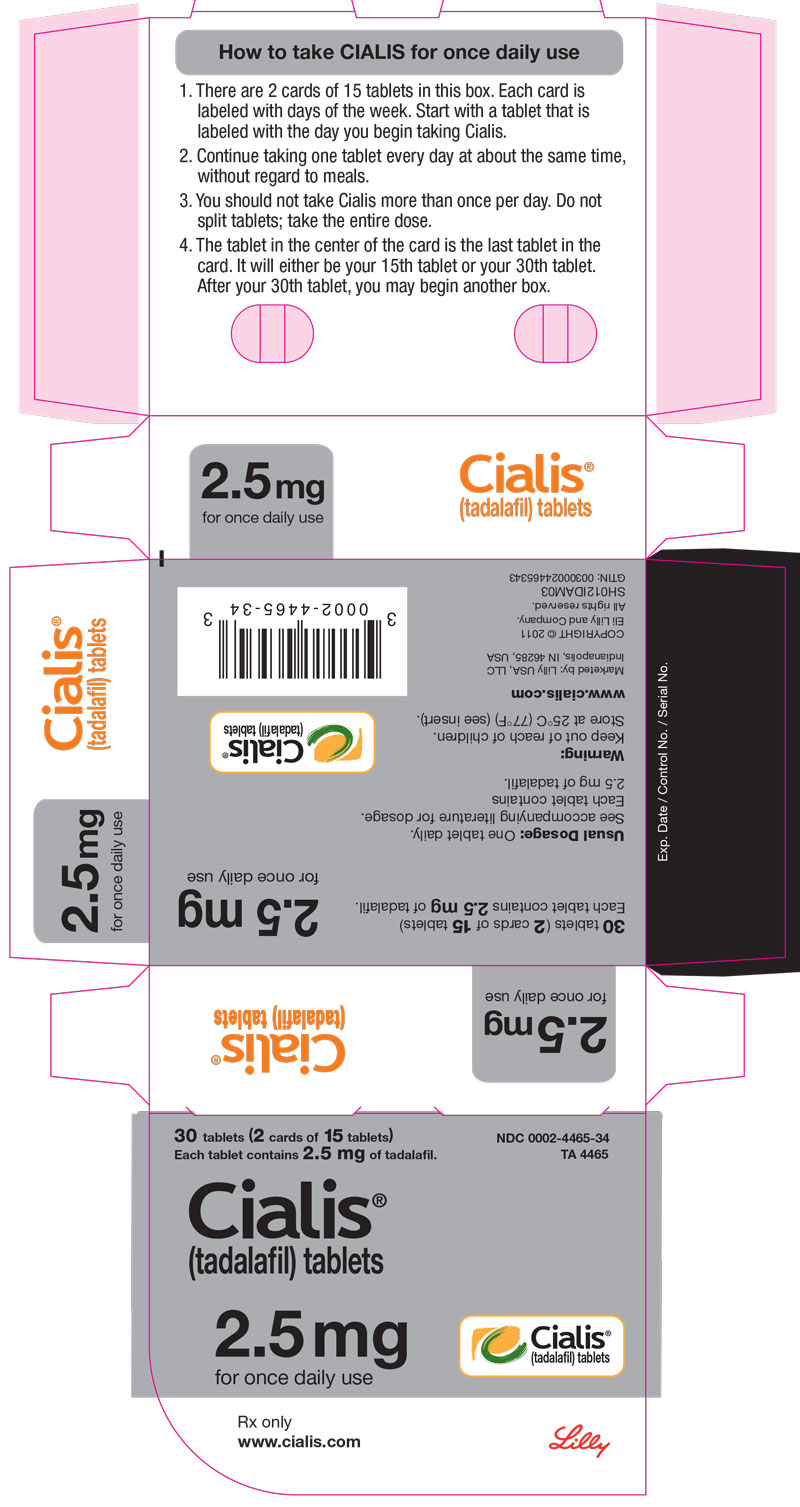Seeking information on J code for Cialis 5mg? Understand that obtaining prescription medications requires a doctor’s consultation. Directly referencing or attempting to acquire medication using codes outside established healthcare channels is risky and potentially illegal.
Instead of focusing on unofficial codes, prioritize a legitimate consultation with a healthcare professional. They can assess your suitability for Cialis 5mg, discuss potential side effects, and provide a proper prescription. This ensures safe and responsible medication usage.
Remember: Your health is paramount. Using a doctor’s expertise guarantees you receive accurate information and safe treatment. Unauthorized online sources offering medications often lack regulatory oversight, posing serious health risks. Always prioritize your well-being and follow official healthcare procedures.
Consider exploring telehealth options for convenient access to medical professionals. Many online platforms offer virtual consultations, allowing you to discuss your health concerns and obtain prescriptions remotely if appropriate. This can be a more accessible alternative to traditional in-person visits.
- J Code for Cialis 5mg: A Comprehensive Guide
- Understanding “J Code”
- Finding the Correct HCPCS Code
- Additional Considerations
- Understanding the “J Code” System for Pharmaceuticals
- Finding the Correct J Code for Cialis 5mg: A Step-by-Step Guide
- Identifying the Correct Dosage
- Verifying the Administration Route
- Using a Reliable Resource
- Contacting a Medical Billing Expert
- Verifying J Code Accuracy: Cross-referencing with Reliable Sources
- Using the J Code for Billing and Reimbursement Purposes
- Potential Issues and Troubleshooting J Code Errors
- Staying Updated on J Code Changes for Cialis 5mg
- Utilizing Third-Party Resources
- Creating an Internal Tracking System
- Understanding the Implications of Changes
J Code for Cialis 5mg: A Comprehensive Guide
Finding reliable information about medication is crucial. This guide focuses specifically on obtaining accurate details regarding Cialis 5mg, clarifying its use and dispelling common misconceptions.
Understanding “J Code”
The term “J Code” refers to the Healthcare Common Procedure Coding System (HCPCS) codes used for billing purposes in the United States. These codes aren’t directly related to the pharmaceutical composition of Cialis 5mg itself. Instead, they identify specific drug products and their administration methods for insurance claims. Therefore, you won’t find a “J Code” printed on your Cialis 5mg packaging. Insurance companies and pharmacies utilize these codes to process claims efficiently.
Finding the Correct HCPCS Code
To determine the appropriate HCPCS code for Cialis 5mg for billing, you’ll need to consult official HCPCS code sets, updated regularly by the Centers for Medicare & Medicaid Services (CMS). These codes change, so always reference the current year’s publication. Your pharmacist or insurance provider can also assist in identifying the correct code. Note that the code may vary depending on the form of Cialis (e.g., tablet, film-coated tablet).
Additional Considerations
Remember, this information is for educational purposes only. Always consult your doctor or pharmacist for personalized medical advice regarding Cialis 5mg or any other medication. Incorrect use of medication can have severe consequences. The HCPCS codes are for billing purposes and do not replace a doctor’s prescription.
Understanding the “J Code” System for Pharmaceuticals
The “J Code” isn’t a single, unified system. Instead, it refers to a set of HCPCS (Healthcare Common Procedure Coding System) codes used by Medicare and other payers to identify specific drugs and their administration. These codes are alphanumeric, beginning with the letter “J”.
Finding the right J Code: Look for the specific medication and its dosage on the payer’s formulary or drug list. This provides the precise J Code for accurate billing. Pay close attention to details like the dosage and route of administration, as these factors influence the code.
Example: A J code might specify Cialis 5mg tablets administered orally, differentiating it from other forms of the medication (e.g., a different dosage or method of administration).
Why are J Codes important? Accurate J Code use is critical for correct reimbursement. Incorrect codes lead to claim denials or delays. Always confirm the specific code applicable for each medication before submitting claims.
Regular updates: The HCPCS codes are regularly updated. Stay informed about these changes through your payer’s updates and resources. Failing to use the current codes may result in billing issues.
Resources for J Codes: Consult the CMS (Centers for Medicare & Medicaid Services) website and your payer’s specific guidelines for up-to-date J code information and payer requirements. Many pharmacy software systems contain code lookup tools, adding convenience.
Finding the Correct J Code for Cialis 5mg: A Step-by-Step Guide
Begin by consulting the most recent edition of the HCPCS code set. This manual provides a comprehensive list of codes, including those for medications. Look for the codes specifically related to tadalafil, the active ingredient in Cialis.
Identifying the Correct Dosage
The J code will vary depending on the dosage. For Cialis 5mg, you need to find the code explicitly referencing this specific strength. Carefully examine descriptions of each code to match the exact dosage form and strength.
Verifying the Administration Route
Confirm the administration method (e.g., oral). The J code will be specific to how the medication is administered. Match this information precisely to ensure accuracy.
Using a Reliable Resource
Cross-reference your findings with a reputable medical billing resource or software. Many online databases offer up-to-date HCPCS code information. This helps eliminate ambiguity and guarantees accuracy.
Contacting a Medical Billing Expert
If you continue to experience difficulty, contact a qualified medical billing specialist. They can provide definitive guidance on proper code selection for Cialis 5mg based on your specific needs and payer requirements.
Verifying J Code Accuracy: Cross-referencing with Reliable Sources
Always confirm J-codes independently. Don’t rely solely on a single source.
- Check the CMS National Coverage Determinations (NCDs) and Local Coverage Determinations (LCDs): These Medicare guidelines provide definitive information on covered services. Use the CMS website’s search function to find relevant NCDs and LCDs for Cialis 5mg.
- Consult official AMA CPT code books: The American Medical Association’s Current Procedural Terminology (CPT) codes are the standard for medical billing. Verify that the J-code aligns with the appropriate CPT code for administering Cialis 5mg.
- Use reputable medical billing resources: Several commercial databases and online resources offer J-code lookups. Verify that the resource is updated frequently and provides citations to authoritative sources.
Compare information from multiple sources. Discrepancies might indicate an error. If you find inconsistencies, contact your payer directly for clarification.
- Document your research thoroughly: Record each source consulted, along with the specific J-code and its corresponding information. This detailed record assists in audits and helps resolve any future billing issues.
- Stay updated: J-codes and coverage policies change. Regularly review relevant guidelines to ensure accuracy and compliance.
Accurate J-code usage is critical for correct reimbursement. Diligent verification protects both your practice and your patients.
Using the J Code for Billing and Reimbursement Purposes
Always confirm the correct J-code with your payer before submitting a claim. Different insurance providers may use varying codes.
Accurately document the prescription and administration details. This includes the dosage, frequency, and date of service. Incomplete documentation may lead to claim denials.
Use the appropriate modifier codes alongside the J-code if necessary. Modifiers clarify specific circumstances, such as administration location or the type of service rendered. Check the payer’s guidelines for required modifiers.
Submit clean claims with accurate patient information. Errors in patient details frequently cause delays or denials. Double-check all data before submission.
Familiarize yourself with your payer’s specific billing guidelines and requirements. Each insurance provider has unique rules, so adhering to those specifics is paramount for successful reimbursements.
Track claim status and follow up on any denials. Promptly address denials by providing the necessary supporting documentation. Regularly review your claims submission processes to identify and correct any recurring issues.
Consider using billing software to streamline claim submissions and reduce errors. Many programs offer automated checks and features that minimize manual data entry.
Maintain detailed records of all claims submitted, including supporting documentation and payer responses. This record-keeping is critical for resolving disputes and tracking reimbursement rates.
Potential Issues and Troubleshooting J Code Errors
Encountering errors is common when working with J code. Let’s address some potential problems and solutions.
- Syntax Errors: J is sensitive to syntax. Misplaced parentheses, incorrect punctuation, or typos generate errors. Carefully review your code, paying close attention to detail. Many J interpreters offer helpful error messages indicating the line and type of error.
- Type Mismatches: Ensure that data types align with expected operations. J’s strong typing can lead to errors if you attempt operations on incompatible types (e.g., adding a string to a number). Use type-checking functions to identify and correct inconsistencies.
- Verb and Noun Conflicts: J’s verbs (functions) and nouns (data) must interact appropriately. An incorrect verb application to a noun will lead to errors. Verify the verb’s functionality against the data structure.
- Memory Limitations: Very large datasets might exceed available memory. Consider using memory-efficient data structures or techniques, or divide processing into smaller, manageable chunks.
- Logic Errors: These are harder to detect. They don’t trigger compiler errors but produce incorrect results. Thorough testing and debugging with test cases covering various inputs is crucial to identify logic flaws.
Debugging Strategies:
- Utilize J’s debugging tools: Most J environments provide debugging tools like stepping through code, inspecting variables, and setting breakpoints. Learn how to use these for efficient error tracking.
- Simplify your code: Break down complex sections into smaller, more manageable parts to pinpoint the error’s origin. Isolate the problematic section through incremental testing.
- Print intermediate results: Insert print statements at key points in your code to monitor data transformations and detect abnormalities. This aids in understanding where the code deviates from expectations.
- Use J’s error handling features: Implement error handling using try-catch blocks (or equivalent) to gracefully manage potential problems without program crashes. Log errors for later analysis.
- Consult J documentation and community resources: The J community and online documentation are valuable resources for finding answers to specific error messages or debugging strategies.
Remember, meticulous attention to detail in both coding and testing is key to minimizing errors and enhancing the reliability of your J programs.
Staying Updated on J Code Changes for Cialis 5mg
Monitor the CMS’s official website regularly. Check for updates in their provider manuals and bulletins specifically concerning Medicare Part D drug codes. These announcements often include details on code revisions and effective dates. Subscribe to email alerts; many CMS platforms offer this service to streamline updates.
Utilizing Third-Party Resources
Consider subscribing to healthcare billing newsletters or industry publications. These often highlight changes in medical billing codes, including those related to pharmaceuticals like Cialis 5mg. Professional associations for medical billers and coders frequently provide members with up-to-date information on coding changes. Networking with other billing professionals can provide valuable insights and prompt notification of changes.
Creating an Internal Tracking System
Build a system for your office. A simple spreadsheet can track the J codes for Cialis 5mg and record any changes noted, along with their effective dates. This allows quick reference and ensures everyone is on the same page concerning current coding practices.
| J Code | Description | Effective Date | Notes |
|---|---|---|---|
| (Insert J Code) | (Insert Description) | (Insert Date) | (Insert Notes, e.g., “Replaced by…”) |
| (Insert J Code) | (Insert Description) | (Insert Date) | (Insert Notes) |
Understanding the Implications of Changes
When a J code changes, understand the new code’s implications for claims processing and reimbursement. Incorrect coding can lead to delays and denials. Review the updated guidelines carefully to ensure correct coding practices are followed.






